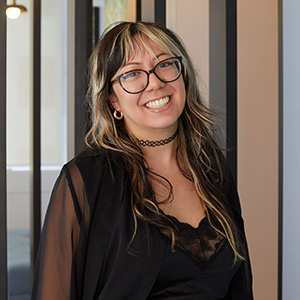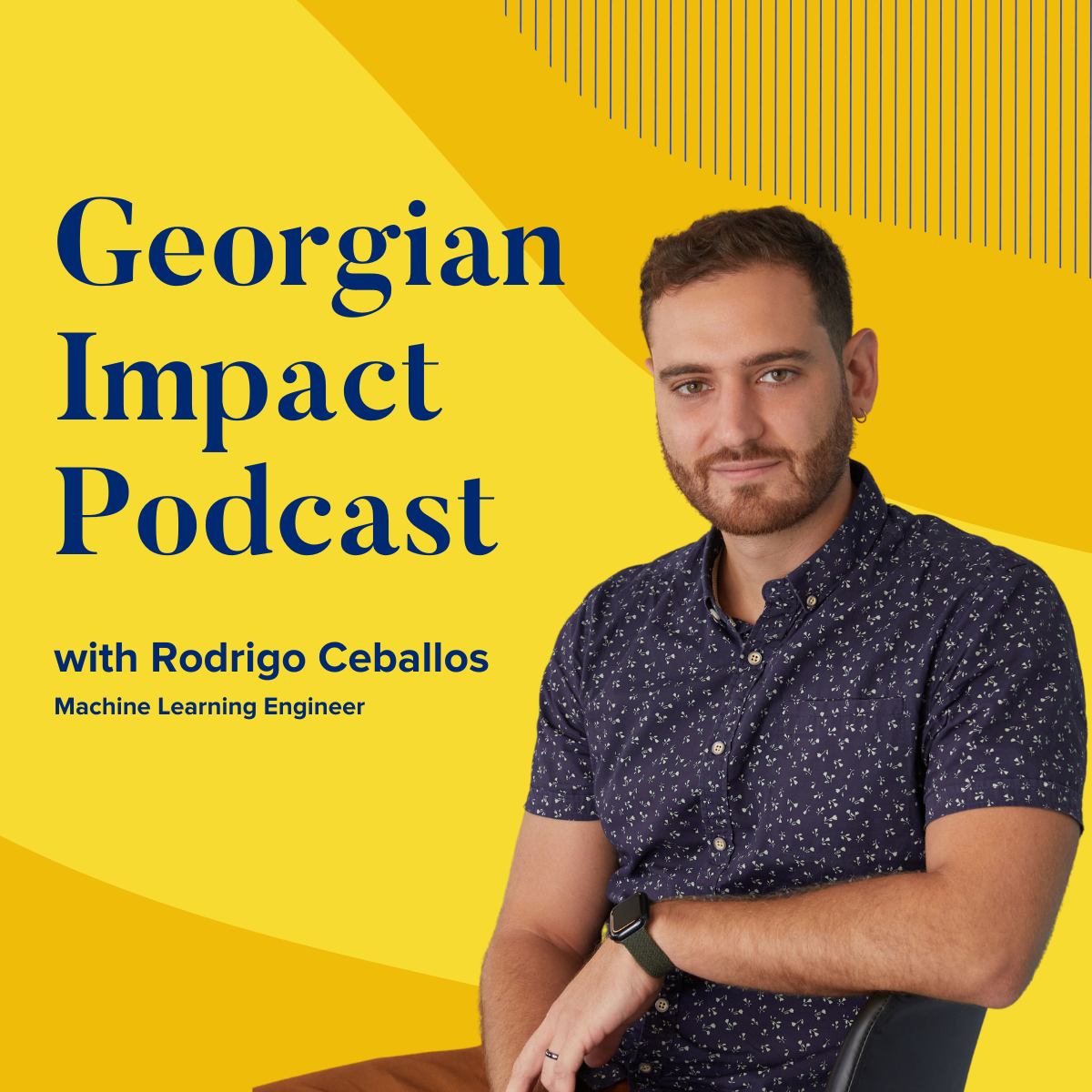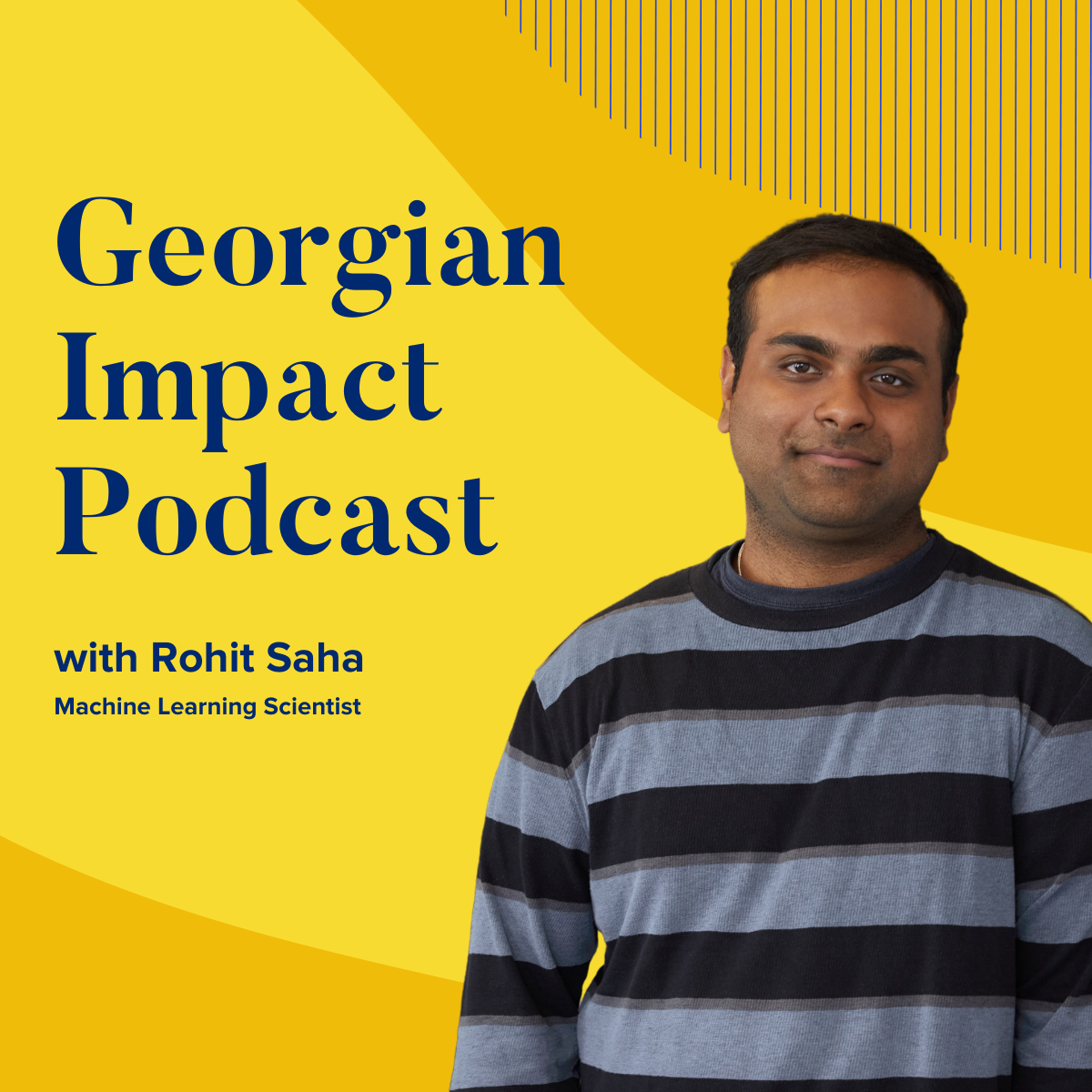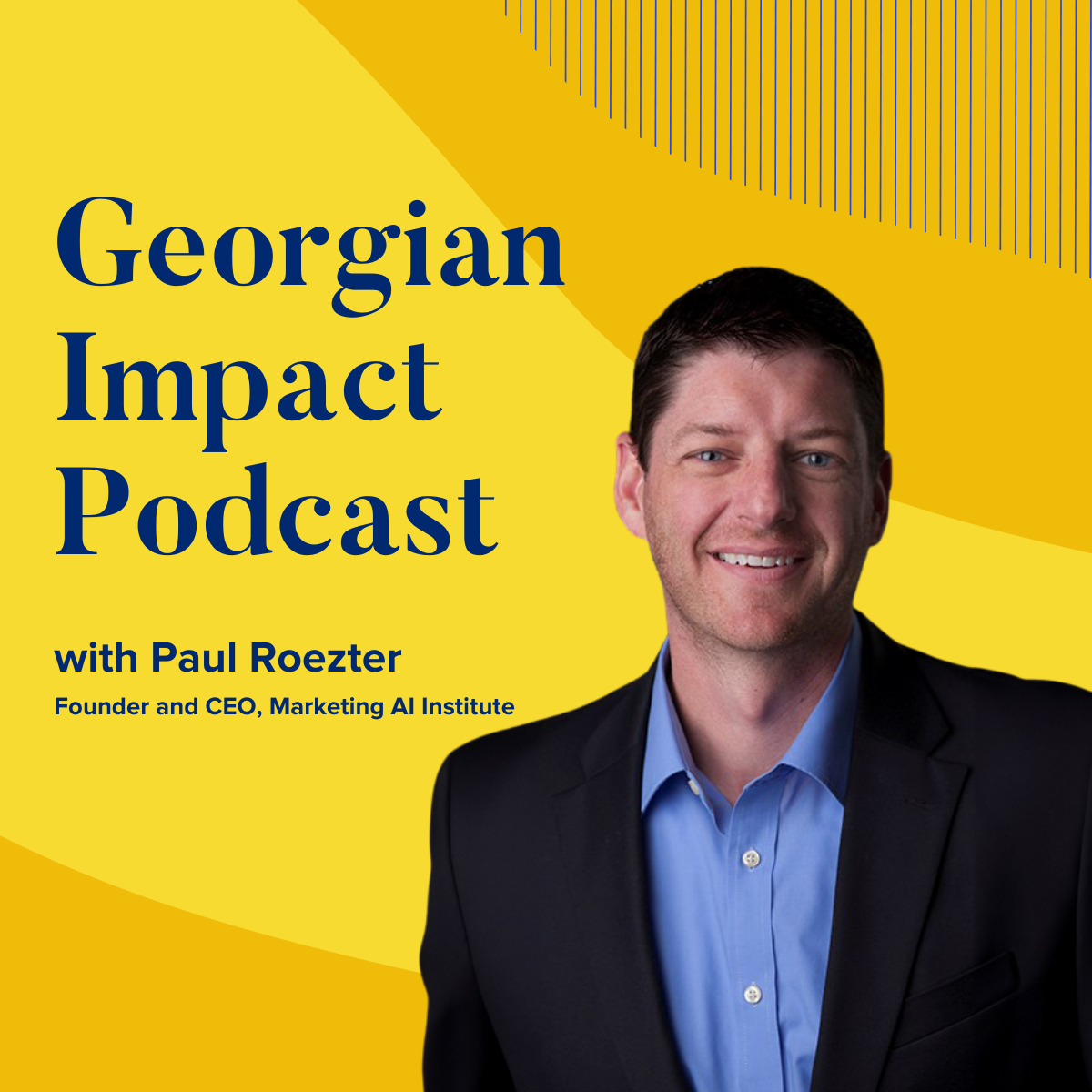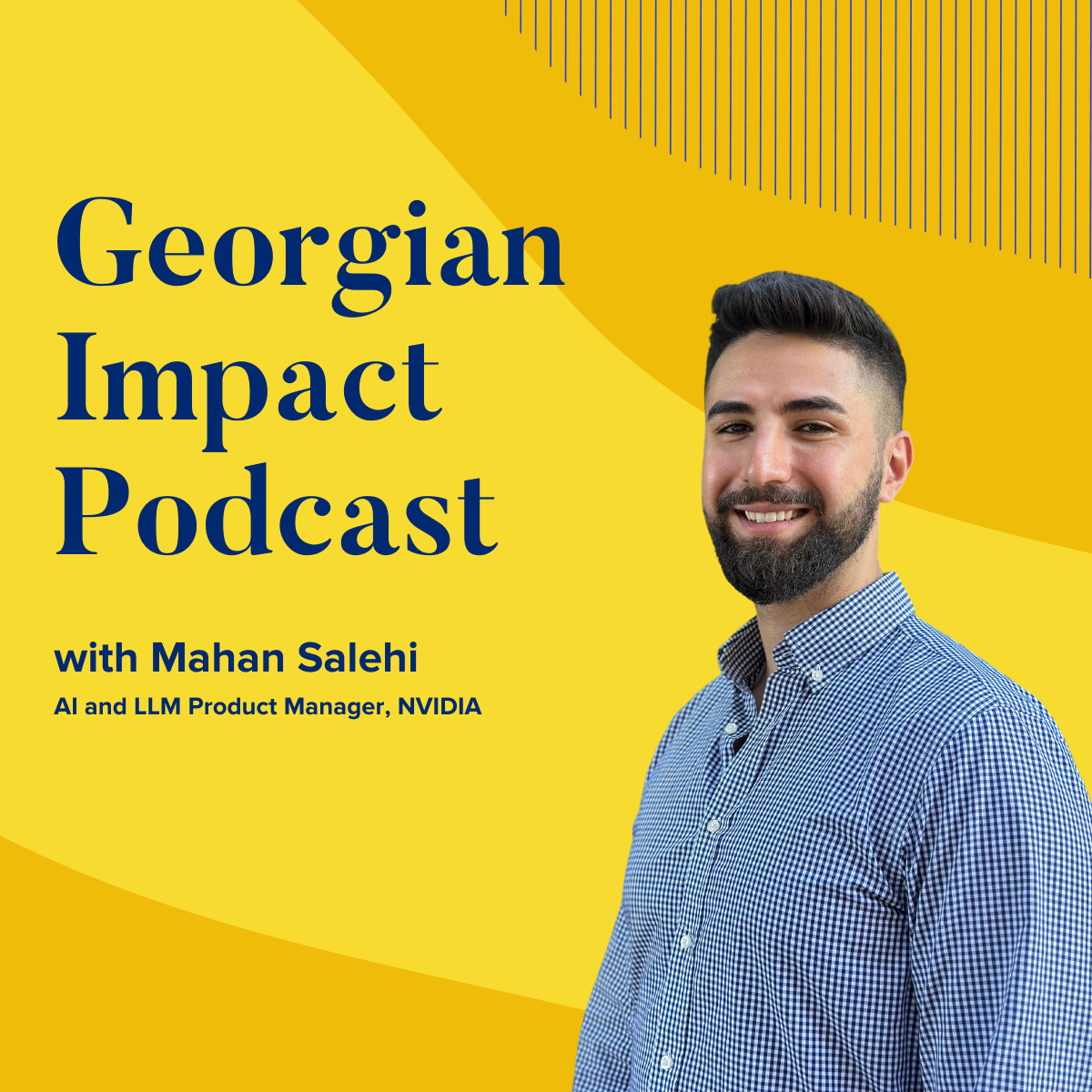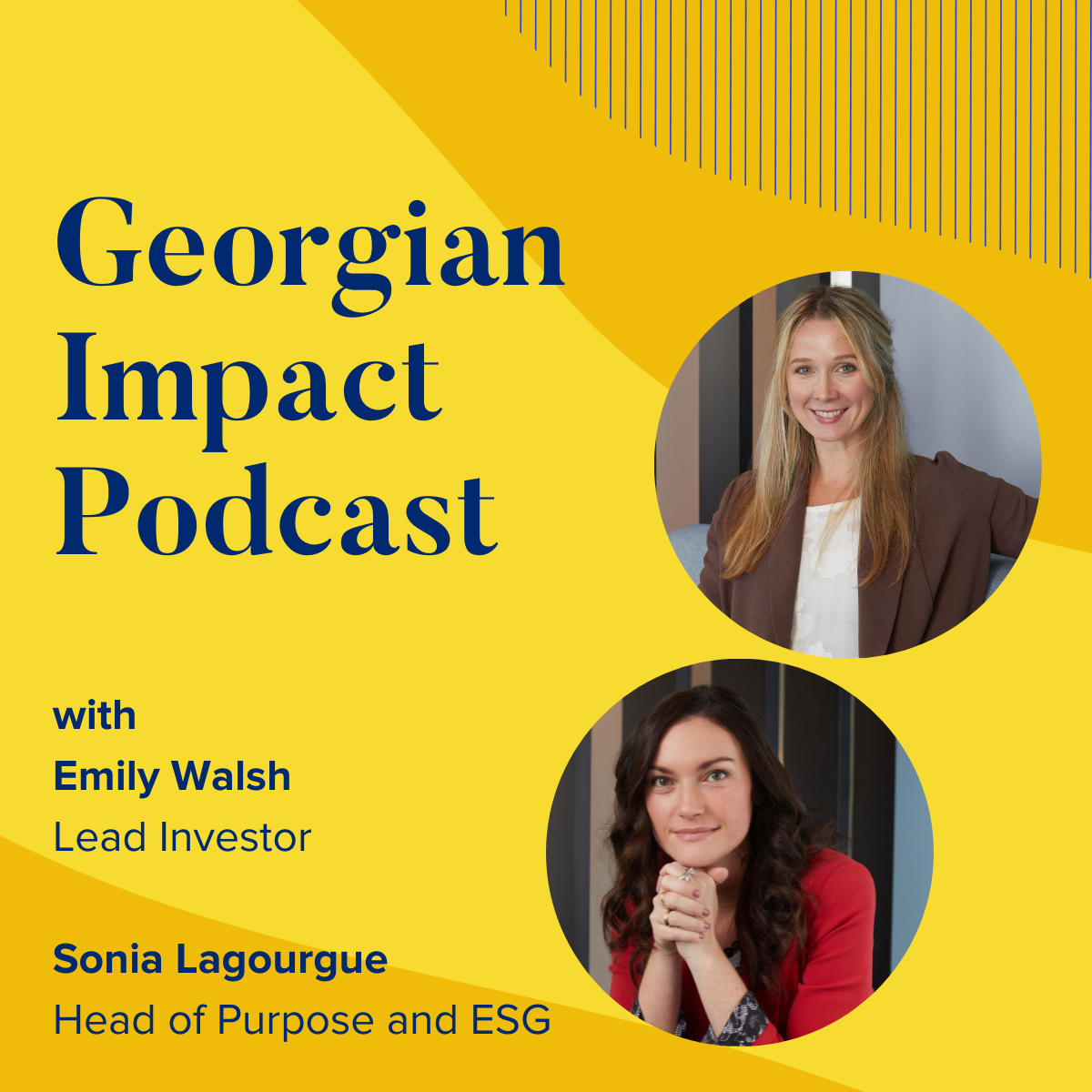Creating Dynamic Content Experiences with Contentstack’s Neha Sampat
- 0.5
- 1
- 1.25
- 1.5
- 1.75
- 2
Jon Prial: Hi everyone. And welcome to Georgian's Impact Podcast. I'm your host, Jon Prial. No matter how you get into entrepreneurship, once you're in the game, there are some common keys to success, have a great product, differentiate yourself from your competition, run a company where all your employees embrace your culture and values tying back to your vision. Today, we're talking to Neha Sampat, founder and CEO of Contentstack about all of this and more. Contentstack is a pioneering headless content management system, a fast growing space that could change how we consume content online. When she's not growing Contentstack, she also hosts the Dreammaker podcast focused on trailblazing women in technology and the lessons they've learned as leaders. Putting it all together, she's a big proponent of culture and vision being an important part of how to build industry leading products. I'm excited to sit with Neha. Let me have her give you a quick summary of where she is today and how she got there.
Neha Sampat: My name is Neha Sampat. I'm founder and CEO of Contentstack, which we believe is the next generation of delivering and building content experiences for major brands. We work with a lot of super cool companies like Mattel and McDonald's and Riot Games and Sephora and Shell. And so it's kind of across the board with e- commerce and retail and energy and transport and all kinds of other really cool use cases. If I go back to the beginning of my entrepreneurial journey, where this all started, I will start with telling you I am not a technologist by training. I actually majored in French and mass communications, and I started my career in public relations of all things and found myself a little bit bored doing public relations in healthcare at the beginning of my career, and decided to move to Silicon Valley to pursue public relations in tech. And at the time I didn't really understand what Silicon Valley was. There was this thing called the dot- com boom that was happening and I wanted to be a part of it. I packed up in my little car, left Denver, Colorado and moved to Fremont, California in the Bay Area in Silicon Valley and started the job at a PR firm focusing on consumer technologies in software. And about a year later, I realized and believed that I could do a better job of running my own PR agency. And so that was the beginning of my post college life entrepreneurial journey where I started a PR firm called Special Sauce Communications. And for about a year and a half helped brands bring their stories to life in Silicon Valley. A lot of them were consumer brands. We worked with the likes of Konka television, Acer, probably my favorite was Sony's robotic dog. And what I found is that I loved working with product people because they were my customers and I had this affinity towards building things. And so even though I was the storyteller and helping CEOs tell their story as well, I realized that what I really loved was building things and being a part of the product team and being an extension of their teams and sitting in on the product marketing and product management meetings. And so I realized that my career should be more close to product and not as much on the media side of things. And this was pretty early. It was in my early to mid 20s and September 11th happened, shut down the PR firm soon after that because it was just not the right business to be in at the time, accelerated and finished my MBA in a couple more quarters and got a job at Sun Microsystems in product management. And that was my kind of entry point into being on the product side of the world and I loved it. I loved product. I loved figuring out how to merge business needs with technical results and telling the story of how technologies make the lives of business people easier. And it was really interesting because not being an engineer in a very engineering centric company, I learned that my superpower was actually being able to be the business person that started to understand the business benefits of technology. And so that became a thing that I was really passionate about. And at the time dot- com had evolved into the beginnings of e- commerce. And I really liked the idea of there's all these people coming to websites and trying to go down a journey and find things. How do you turn that into revenue? So web as the channel became something I was really passionate about, and I went to VMware to run their first iteration of a commerce channel online. And so I built that business into about a$ 50 million business before I realized that I really just wanted to build my own thing again. And then that became the beginning of realizing that it shouldn't be so hard to do cool things inside big companies and it was, because there's this constant battle between business users and technologists, whether it was, I need to file a ticket and it's going to take you six weeks to change a word on a website, or why can't I build this thing using this new device that people are bringing to work called a mobile phone. And the answer was always," No, it's too hard. We don't do it that way. That's not how things work." And I just was constantly challenging status quo. Why? Why doesn't that work? Why isn't it possible? Why can't I better engage with my customers or the people that are trying to find information about our brand? And I realized that it wasn't just me and it wasn't just my company, it was a trend that was happening everywhere, that it was just really hard for business users and technologists to harmonize and get on the same page. And it's something I got really passionate about. My husband, who's also my co- founder now at Contentstack was on the tech side of things. And so we would have these arguments about, why do you guys make it so hard? And why do you business people always have to ask for so much? And it was just this constant, like trying to understand the other side. And so we started a consulting company together called Raw Engineering to help solve that problem and to help harmonize business and technologists on the same page and to empower both sides to be able to do their best work. And that was the original mission that business users should be able to build, really cool stuff that talks to their people and that brings in and engages customers. And technologists should be able to build really cool stuff and use their imagination and not be limited by the business users rules and all of that. We started to help companies find technologies that allow them to do more and do it faster. And in doing that, we found that the world had changed. Content is no longer static, it's more dynamic. People are expecting more personalized content and experiences. And the technologies that existed in the market for the last 25 years were just built for static web. And so we started to build at the time a very simple CMS really to address the use case of being able to change content on a mobile app, because there was nothing out there that did that. And that was the beginning of Contentstack. It was really just to address a problem that existed in our customer base. We were doing digital transformation services and consulting, and it slowly grew into more and more of a need. And the market evolved and headless CMS became a thing that we pioneered, but didn't realize we were pioneering an entire category at the time. We were just trying to solve for the problem of being able to change content on mobile.
Jon Prial: This is some really amazing stuff. I want to follow up a question though, because we'll come to Contentstack. I want to spend a little more on you. So someone with a passion for product management, who's not a technologist. And I love being a product manager, I think that's the greatest job in the universe. How did you manage to work with the technical teams who often will do what they wish to do? If they want to do it, they'll tell you they can do it in a month. If they don't want to do it, it'll take them five years or it's always going to take six months. How did you manage to work with the technical team and get your vision into their fingertips?
Neha Sampat: My style is a bit more consensus driven than directive. For me it's being around the table, collaborating, hearing everybody. And then having that mentality of this is the plan, is everybody on board? There is a little bit of a disagree and commit mentality that comes with that if people are not on the same page. And then it all comes back to accountability, being able to celebrate when things are going well, but being able to respectfully hold each other accountable for when things are not. And I think that that style just worked really well, it's open communication. It's having a joint and shared vision being aligned around that and communicating really well.
Jon Prial: I'd like to go down the path and stay a little more in culture. I like the discussion of how to build consensus. You've got a vision, but it has to be everybody's vision. Describe for me what culture means to you and then how you push that into Contentstack.
Neha Sampat: Culture to me starts with understanding your values. It all starts with the core values. And so from my perspective, in all of the companies I've run and Contentstack's my third enterprise B2B company. It starts with understanding who are the people at the table and what are the shared values that we can all commit to. And you write those down, that's where it starts. And for us at Contentstack, that was about caring deeply about customers in our communities. And that started with being a consulting company and spinning out a product company. There was this sort of DNA of care, and we now have what we call care without compromise as a Contentstack virtue. It's challenging status quo, always being curious and asking the why, the why that led me down the path of going and building something new. And so if you kind of think about those types of things and you write it down and everybody's on the same page about that, the culture is built from that, because then it's all about living the values that you've agreed to. And we at Contentstack actually spend a lot of time thinking about what our values are, reiterating them, making sure that new employees, we call our employees the tribe, the Contentstack tribe. So when new members of the tribe join, we share the values. And then actually at the end of our year when we do our company kickoff every year, we do what we call CBAs, Contentstack values awards. And we actually go through and name specific people that have done really exemplary things that exemplify our values and they get awards and we celebrate them. And so it just becomes a part of the way that you live and work.
Jon Prial: So you're really working hard to infuse it downstream, it's not just leadership talking. You've got to make sure it's in the hands of the employees and the CVA is a way to demonstrate that.
Neha Sampat: For sure. And our head of people, she introduced something called thankful Thursdays and she'll remind my leadership team, my executive leadership team, which I call the dream guard. I have a lot of names for things. It starts with one team one dream is sort of our mantra at the company. Dream makers are all of my managers that lead people. And then the dream guard is the executive leadership team. And the dream guard is responsible and held accountable every Thursday for calling out somebody in the organization that has lived our values and thanking them either one on one directly or calling them out in front of our organization in Slack. And it really is just become inherent in how we work.
Jon Prial: Fantastic. Do you have a good example for me perhaps on Contentstack victory, whether a sale victory, a development victory that kind of came out of your culture work?
Neha Sampat: Great question. One of our values is we care deeply about our customers and the communities we serve, which sounds obvious. Of course you care about your customers, but we like to put this into a lot of practice and it starts with, I mentioned care without compromise. And that is tied to making sure that when a customer signs up with Contentstack, they're successful. And if they're not, it's partially our fault and we take responsibility there. We've got a 98% customer retention rate, which really just means if someone comes to the Contentstack family, they stick around, they grow with us. And if they don't it's because they've got acquired or something like company shut down, it's rarely because they chose to go somewhere else. We've never lost a customer to another CMS. And that's pretty incredible and remarkable, that's the caring our customers been. The part where we care about communities is where I really light up. There's a couple things that we do every year. One of them is called content set cares day. We give everybody March 27th off or whatever the Monday is of that week. And they go and spend time in their communities doing whatever they care about. It could be volunteering with pets. It could be spending time at the local food bank. It could be collectively going to an orphanage in India and teaching. It's all kinds of things. And everybody does something that they care about and then they share it and it becomes a part of their life to where they don't stop that day. They stay involved because they feel a sense of connection to whatever they've done.
Jon Prial: That's super. You host the Dreammaker's podcast and you're focusing on trailblazing women in technology. What are some of the most memorable lessons you've learned from hosting this podcast?
Neha Sampat: It's been such an exhilarating thing to do the podcast. And it's the one thing that I've been able to do that's kind of in parallel to my role as a CEO of a tech company, but completely different because I'm interviewing all of these incredible women that are so inspiring. And I always walk away having learned something that I didn't know or feeling like I wanted to do more after these conversations, they are always so energizing. I think a few experiences that have been common or some takeaways that I've had, one is that not everybody has the same access and it's not something that I didn't know going in, but I think it got more and more underscored that not everyone can raise money necessarily from family and friends. And there's a sort of concept of if you're a certain type of person that you've got access to all of these things, most people do not. And so just thinking about how do you level the playing field and remove barriers to access, to opening up and making opportunities available more widely, that was kind of one of the big takeaways. Another one is that everybody has a dream that they'll get to somewhere someday, but someday doesn't have to be so far away. And it's like this whole concept of like, because I always ask the question, what would you tell a future person to become a dream maker? And almost everything is something actionable like, don't wait, do it now, start the process. If you want to do something, put it in motion. So that was super valuable. And the third one I think kind of aligns back to that, which is how powerful it is to write something down. And this came up a lot when I asked questions about, what advice would you give to your younger self? And it was don't ever underestimate the power of clearly written expectations or clearly writing down your goals and how that manifests into something. And I mentioned that earlier when we're talking about values, it's the same thing. If you write it down and it's in your face and you're looking at it, it's a lot different than just having it in your head or thinking about it or talking about it. Those are some of the takeaways that stood out to me.
Jon Prial: Okay. I'd like to talk a little bit about market definition, because headless is a little bit of a new term in some cases. I know and I think the world understands better what's traditional CMS systems are, I'll use the word coupled whether that's right or wrong, and there're a number of different markets and they're fairly siloed. There's enterprise content management is web CMS. But you actually focus on new generation of digital customer experiences. You think about different sets of channels. Explain for me a little bit more about headless CMS and more importantly, do you see this as a new way of applications?
Neha Sampat: Awesome question. I don't love the term headless, but it is one of the... we're considered one of the pioneers and it's become a big category, so it's important to kind of utilize that term in what we talk about. But what headless means in this context is separating the head which is the presentation layer and the presentation layer can be a mobile app, it could be a digital billboard. It could be a retail kiosk when you walk into a store and it could be a website, that's the head. From sort of the brain of the operation, which is everything in between, all the content, the logic, if this then that statements, all of that is the piece that's behind it. And so Contentstack powers that brain, or maybe it's the heart of the operation and the head is the presentation layer. It's super powerful and a new way of managing content because you essentially are focusing on the logic, the heart and the brain of what you want to deliver, whether it's messaging, images, videos, various experiences, logic, personalization, all of that, but it's consumed by various heads and that's what turns it into something that's called an omnichannel content management system. And that means if you've built something for the web, it can be repurposed without having to redo all of the work for mobile or for social or for a billboard inside an arena or for your digital kiosk. And that's sort of the power of, if you think about where the digital world has gone and the fact that we're constantly consuming information from various digital sources, you need an omnichannel content management system to do it well today.
Jon Prial: And one element as I always think about content management systems, and I guess it's even some of the basic Google Drive stuff version control. Obviously you need to control the changes that happen. Is there a sophistication to say," Well, I'll change this and it doesn't affect everybody or every channel, or does it affect individual channels." Now I'm getting to a bit of a geeking, but I'm just curious.
Neha Sampat: Yeah, absolutely. There's version control built- in. There's also multiple places where you can push the content built- in, so you could say that this content change only goes to the French localized site or this content change only goes to the mobile site. It could go to different environments, dev environments, production environments, so there's a lot of sophistication and complexity that you can build in if you choose to or you can make it really simple. That's the thing, the power of the brain, part of all of it is that you get to design it however you need it to be designed to meet your needs.
Jon Prial: Nice. And then in terms of your customer sets, because someone less sophisticated who only focuses on the display can do some work and other people that are focusing on the backend content can do their work, how have you seen customers become more nimble using a system like this?
Neha Sampat: Again, the power is in the platform to decide and distinguish what the roles are and what privileges those roles get. As an example, if you're in the PR department of an organization, you may only have access to the news portion of a website or a mobile app versus being the developer and maybe the person in IT that's responsible for the whole site having access to everything. And so it all kind of comes down to how do you make it simple for the content editors and the business users to be able to just do what they need to do without breaking anything, but to be empowered to be able to get things done quickly and not have to file it to get and wait for six weeks for it to get done.
Jon Prial: Got it. And then one of the underlying strengths of that level of simplicity becomes choice and flexibility, what people could do. And I always love going to a company's website and look at their integrations page and how many other third parties they work with us. Talk to me how that helps you and helps your customers.
Neha Sampat: Integration is one of my passions, almost to an annoying... I didn't get to this part of my entrepreneurial story, but as we were building Contentstack under the Raw Engineering umbrella, we also built an integration platform as a service called built. io. And that was one of the most powerful iPads solutions in the market. We later chose to exit that business and we sold it to software company Software AG in Germany back in 2018. But a lot of that knowledge was retained because we spent years building an integration platform. And so what we recently announced at Contentstack actually just a couple months ago is what we call automation hub. And automation hub is kind of taking the power of a fully baked integration platform and bringing it into the core of CMS. And what that allows you to do is connect Contentstack to any of the other ecosystem technologies that exist in this ecosystem. And the ecosystem, if you've heard of mach, M- A- C- H, which is microservices, API- first, cloud- native, headless, my favorite word headless. Those technologies are all working together now really well to solve the problems that used to be solved by big suites of technology that are complex and hard to use today. And so having automation hub at the center of Contentstack and being able to connect to all of those technologies really easily and in just one click integrations is another super powerful part of the platform.
Jon Prial: I think MACH and this MACH Alliance is a game changer. And when I was doing the research and thinking about this, there was a little bit of old tech. I shouldn't even call it old tech, but old tech API publishing Apigee and maybe what went to Software AG. How would you compare this next generation MACH Alliance toward the way things used to be?
Neha Sampat: What's super powerful about... The alliance was built to help educate the market and how to think about doing composable well. Because Contentstack is one of the founders of the alliance, we're sitting around a table saying," Why does this have to be so hard when we know that it's the better way?" And you're thinking about you shouldn't have to settle. And it goes back to the early days of always wanting to challenge the status quo and making things easier and better and not settling. And so the concept behind the MACH Alliance was we should be able to put ourselves out of business because at the end of this journey everyone will understand that it's better and it will no longer be a subject that you have to learn about, it will be the new way. And so it's sort of the concept of one plus one equals three, when you think about microservices, right? You can do more by combining the best of breed technologies together rather than having to buy one big suite of technology that doesn't really work very well together. And so we started the alliance to get that message across. The conversation started in early 2020 pre COVID with four companies that are the founders. And when we launched, we launched with seven companies in the summer of 2020 all virtually.
Jon Prial: And what were the markets of those seven companies? What were they in?
Neha Sampat: So commerce, content management, system integrators, personalization, all surrounding the content ecosystem. So it starts with, again, content management at the heart, and then all of the different pieces that plug into delivering a really strong content experience. Commerce is a big part of that, commerce and content go together very well. Personalization is another big one. Digital asset management is another big one. These are all categories that sort of make up what would previously have been in a big suite of technology, but now you've got the best of breed of all these companies that have really specialized in doing something really well. And they work well with everything else. And if you go back to the built. io days, APIs were still being understood in the market. Now everybody has an API. You don't build a technology without thinking about an API strategy. And so that's also sort of evolved into where we are today with companies in the MACH Alliance is they're all integrable.
Jon Prial: Next generation, so take me down the path of... I mean, like that companies can pick the best of breed. So you might be working with a series of vendors in this MACH Alliance that are doing point solutions versus the giant platform. Are you not a bit of a platform yourself? We've talked in the beginning about content being king, does the content drive everything? What's your view of where you are today and where you're going to go?
Neha Sampat: I like to think that content is queen.
Jon Prial: So true, oh my gosh. Content is royalty.
Neha Sampat: I mean, this might be a bit of a biased view to be really afraid, but I feel like content's at the center and the heart of digital experiences, it has to be. Everything else is driven from content. When you think about commerce, you're thinking about how do I utilize inventory and the content that goes with it to sell it, to get it to market. If you think about personalization, you're looking at the content, which of this content do I serve to whom in order to attract the right audience? And so I look at content as the center of the ecosystem, the hub and the spokes are to all the other pieces of the ecosystem. And that's definitely a content centered view of the world. But with content being queen, I feel like that's a fair way to look at it. And the MACH Alliance as an example now has almost 70 companies in it and they all tie back to some conversation around content.
Jon Prial: Then one kind of interesting question is, if you had a percentage of your focus on the head versus the server, how do you think about that? In other words, you need a lot of support from the other vendors that might provide head stuff. Then again, digital asset management at the server levels. I'm just curious how you see the front end and the back end being split.
Neha Sampat: We're definitely closer to content infrastructure than we are to the head layer. But we have partners on both sides and we have dependencies on both sides because you can't build an experience without a head, the presentation layer is important. Whether you're using RSDKs to do that directly, or you're using a front end tool to connect to Contentstack, it doesn't really matter to us. We're agnostic from that perspective, because our role is to ensure that you're delivering a reliable foundation for all of the content to exist, the content infrastructure to exist and tie back to all the pieces on the server side that you're dependent upon and all of the logic and the brain behind the heart.
Jon Prial: Nice. Neha, thanks so much for taking the time to be with us today. This was just a great dialogue.
Neha Sampat: Awesome. Yeah. Thank you, Jon. This was fun. Appreciate you having me on.
DESCRIPTION
No matter how you get into entrepreneurship, once you're in the game, there are some common keys to success. On this episode of the Georgian Impact podcast, we talk to Neha Sampat founder and CEO of Contentstack. Contentstack is a pioneering headless content management system, a fast-growing space that could change how we consume content online.
You’ll Hear About:
● Neha’s entrepreneurial journey and the beginning of Contentstack.
● Working with the technical teams when you aren’t a technologist.
● What does culture mean to Neha?
● Neha’s lessons about entrepreneurship
● Headless content management systems.
● How customers have become more nimble using Contentstack.
● Third-party integration and how it benefits Contentstack and its customers.
● The MACH Alliance.
● The importance of content as the heart of digital experiences.
Today's Host
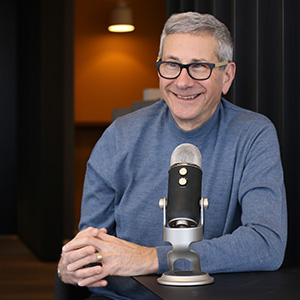
Jon Prial
